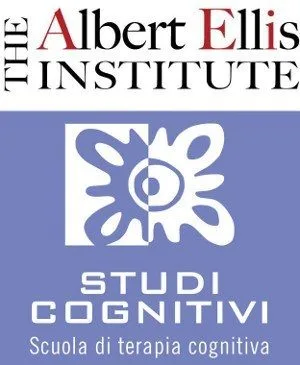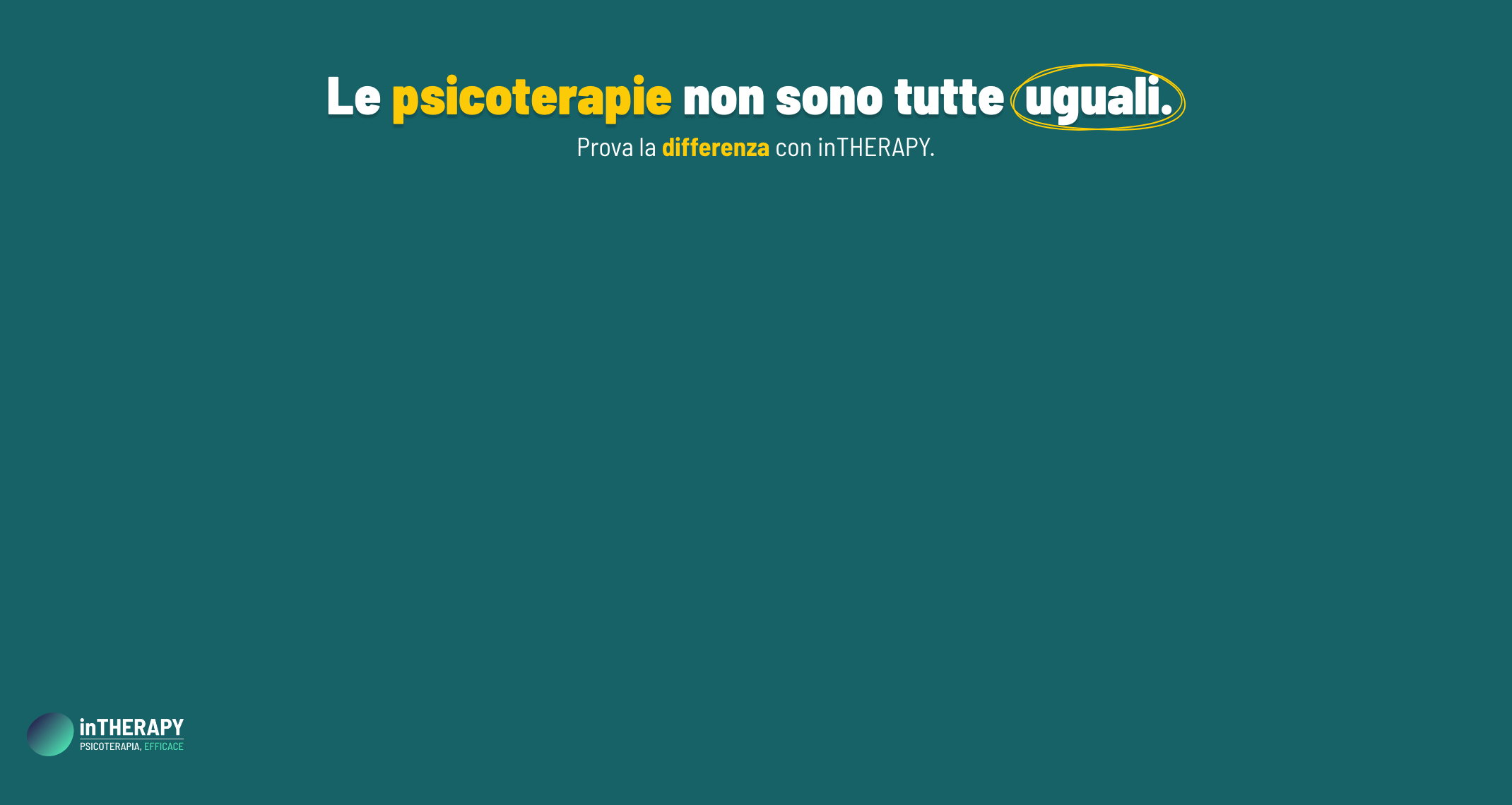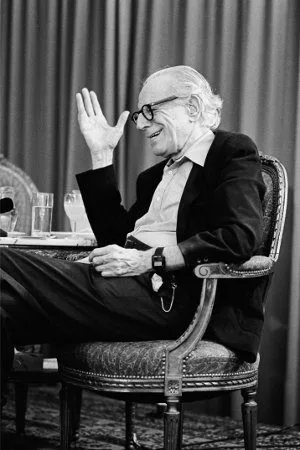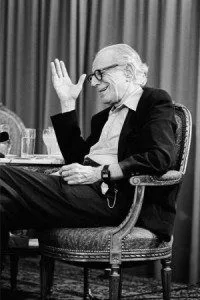 Il Journal of Rational-Emotive & Cognitive-Behavior Therapy ha pubblicato oggi in versione online un articolo che racconta un pezzo importante della diffusione della terapia cognitiva in Italia. Si tratta appunto della rational emotive behavior therapy (REBT) la forma di psicoterapia cognitiva ideata da Albert Ellis.
Il Journal of Rational-Emotive & Cognitive-Behavior Therapy ha pubblicato oggi in versione online un articolo che racconta un pezzo importante della diffusione della terapia cognitiva in Italia. Si tratta appunto della rational emotive behavior therapy (REBT) la forma di psicoterapia cognitiva ideata da Albert Ellis.
Storicamente essa fu la prima forma di terapia cognitiva, precedente al modello di Beck. In Italia essa approdò alla fine degli anni ’70 per merito Cesare De Silvestri e Carola Schimmelpfennig, e poi si diffuse grazie agli sforzi successivi di Franco Baldini e Mario Di Pietro. Non basta. La REBT in Italia si integrò con i modelli costruttivisti di Gianni Liotti e Vittorio Guidano e poi di Sandra Sassaroli e Roberto Lorenzini. Per questo oggi i terapeuti cognitivi italiani usano massicciamente il modello ABC per esplorare gli stati interni del paziente, anche quando essi non sono di formazione ortodossa REBT. All’estero, dove invece l’influenza di Ellis è oscurata dal modello di Beck, l’uso dell’ABC è meno diffuso. Questo, e molto altro, è raccontato nell’articolo pubblicato dal Journal of Rational-Emotive & Cognitive-Behavior Therapy.
ABSTRACT

This paper describes and critically discusses how rational emotive behavior therapy (REBT) spread among Italian cognitive psychotherapists. In the 1980s Cesare De Silvestri, with the help of Carola Schimmelpfennig, Franco Baldini, and Mario Di Pietro, brought REBT to Italy and eagerly disseminated it. In addition, De Silvestri cooperated with the two leading figures in the Italian clinical cognitive movement, Vittorio Guidano and Gianni Liotti. Guidano and Liotti applied the ABC framework to their constructivist version of cognitive therapy. Given that the large majority of Italian cognitive therapists adopted Guidano and Liotti’s approach, they all started applying the ABC framework and are still applying it today. However, Italian therapists adapted the ABC framework to their constructivist training. For example, Guidano and Liotti interpreted the ABC framework as aimed at promoting cognitive and emotional awareness in clients, while they considered the ‘disputing’ phase to be not compatible with the constructivist principles they held. They also encouraged the application of John Bowlby’s ideas to REBT and the use of life experience report techniques in the ABC. Sandra Sassaroli and Roberto Lorenzini applied George Kelly’s “laddering” technique to the ABC framework, a technique more focused on dilemmatic structures than on REBTian dysfunctional thought. Caselli investigated REBT’s influence on Adrian Wells’ metacognitive version of the ABC. Finally, Ruggiero and Ammendola have made a strong call for “back to Ellis”. This implies that any innovation should involve a more stringent and faithful application of REBT principles.
(Per un reprint dell’articolo scrivere all’autore)
ARTICOLO CONSIGLIATO:
La REBT in Italia: tra Razionalismo e Costruttivismo
ARGOMENTI CORRELATI:
REBT – Rational Emotive Behavioral Therapy
BIBLIOGRAFIA:
- Ruggiero, G.M., Ammendola, E., Caselli, G., Sassaroli, S. (2014). REBT in Italy: Dissemination and Integration with Constructivism and Metacognition. Journal of Rational-Emotive & Cognitive-Behavior Therapy. DOI 10.1007/s10942-013-0177-9 PURCHASE FULL ARTICLE



 Il Journal of Rational-Emotive & Cognitive-Behavior Therapy ha pubblicato oggi in versione online un articolo che racconta un pezzo importante della diffusione della terapia cognitiva in Italia. Si tratta appunto della rational emotive behavior therapy (REBT) la forma di psicoterapia cognitiva ideata da
Il Journal of Rational-Emotive & Cognitive-Behavior Therapy ha pubblicato oggi in versione online un articolo che racconta un pezzo importante della diffusione della terapia cognitiva in Italia. Si tratta appunto della rational emotive behavior therapy (REBT) la forma di psicoterapia cognitiva ideata da